Walking the Camino de Santiago is a very complete experience, offering hiking, culture, history, gastronomy, and, why not, very good wines. In fact, on the Jacobean routes, you will cross various territories with a great tradition and wine culture, diverse vineyard areas… There is even a fountain that pours wine!
The culture of wine and the Camino de Santiago are closely linked. In the past, many medieval pilgrims trusted wine more, which they often carried in their gourd, than the river water. If you are a wine lover and want to know more, we will explore the most important wines on the Camino de Santiago.
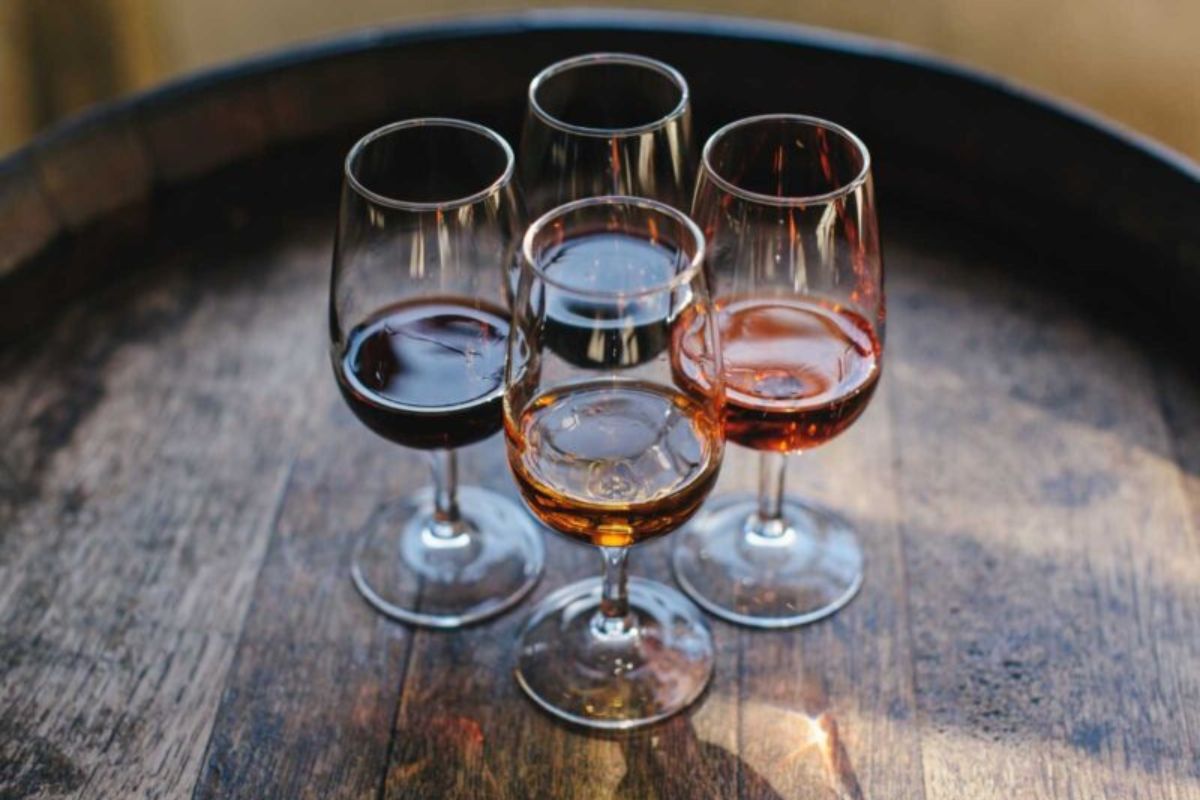
The Camino can also be an eno-pilgrimage experience
Viticultural history and tradition along the Camino de Santiago
Since ancient times, the Camino de Santiago has not only been a religious journey but also a commercial route. Pilgrims carried not only their beliefs but also traditions, cultures, and goods. Among these, viticulture and wine.
The first vineyards in Spain were planted by the Romans. However, it was during the Middle Ages that the monasteries along the Camino began to perfect the art of winemaking. These monasteries not only cared for the pilgrims but also cultivated vineyards and produced wine.
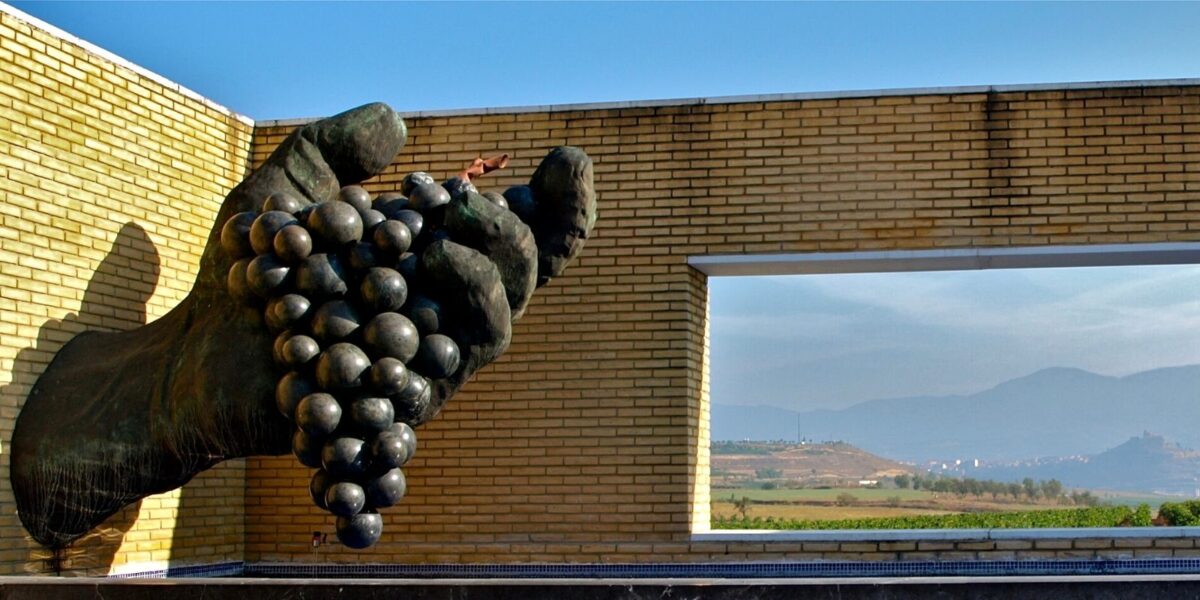
The wine culture is deeply rooted in the territories where the Camino de Santiago passes
The monks expanded the cultivation of the vine, introducing new varieties and preserving the winemaking tradition in their monastic settlements. Did we mention free wine? A unique wine stop on the Camino de Santiago is the old Irache winery, linked to the Monastery of Irache and its Benedictine monks. Irache houses the only wine fountain on the Camino de Santiago, which is filled daily with 100 liters of young red wine. This tradition aims to recall the hospitality of the monks who offered wine to pilgrims.
Grape varieties and Designations of Origin in the regions of the Camino
Each region of the Camino de Santiago has its own wine personality, so the pilgrim’s wine list is very extensive. On the Camino, we find many Designations of Origin (D.O.), which ensure the quality and origin of the wines, protecting their unique characteristics.
Galician wines
In Galicia, we find the D.O. Rías Baixas, concentrated in the province of Pontevedra and crossed by the Portuguese Camino. The well-known Albariño wine is highly valued by all palates and is made with 100% Albariño white grape variety. It is the star of any Galician table, a perfect companion for octopus, fish, and seafood. The O Rosal wine also stands out, and if you walk the last 100 km from Tui, you can taste it.
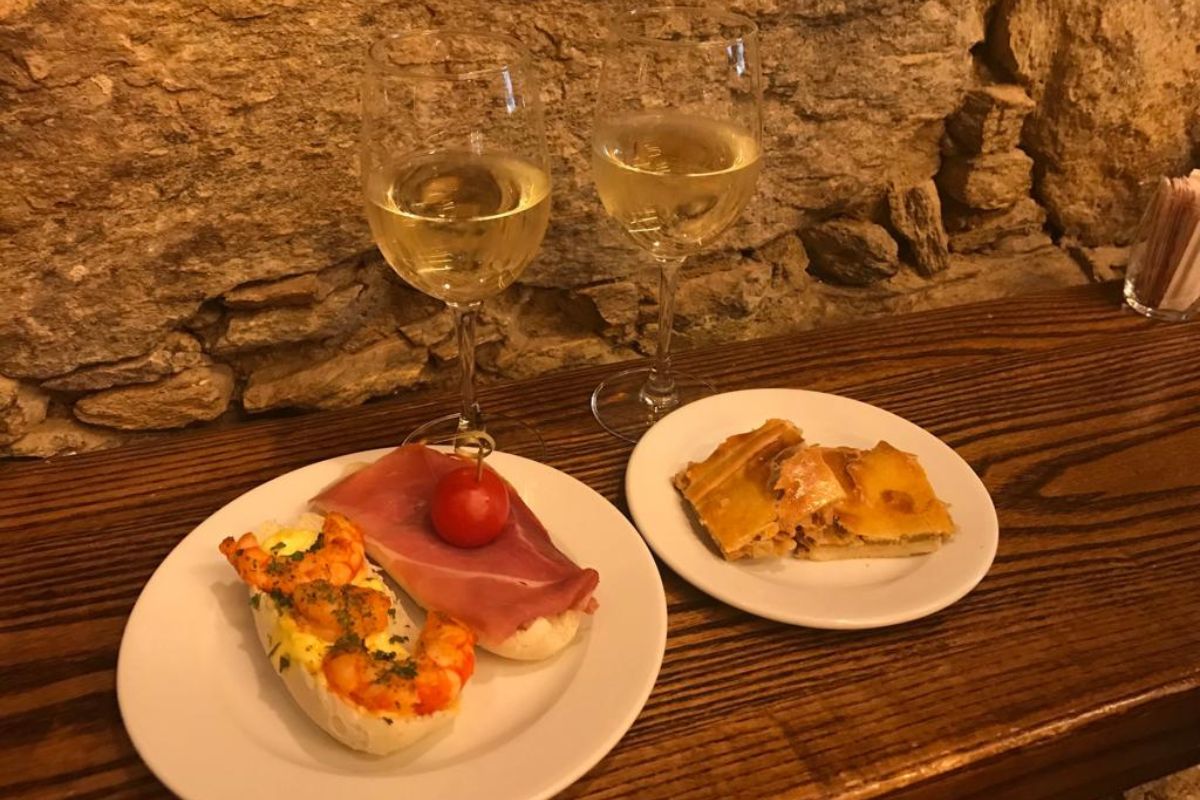
Albariño and tapas pair very well in Galicia
In the province of Ourense, crossed by the Sanabrian Camino, we find the D.O. Monterrei, not very well known outside Galicia. The main white grape variety is Godello, while the red grape is Mencía. And after passing the thermal city of Ourense, you will find the O Ribeiro region, where you can taste its wines. The D.O. Ribeiro has different grape varieties, such as the white Treixadura or the red Mencía, offering pleasant sensations. Walking the last 100 km from Ourense, you can taste them.
Between Ourense and Lugo, in the Valdeorras region, you can savor the wines of the D.O. Valdeorras. The main varieties are the red Mencía and the white Godello, walking the Winter Camino. And south of the province of Lugo, where the French Camino passes, the D.O. Ribeira Sacra stands out, whose wines you can discover if you walk the last 100 km from Sarria.
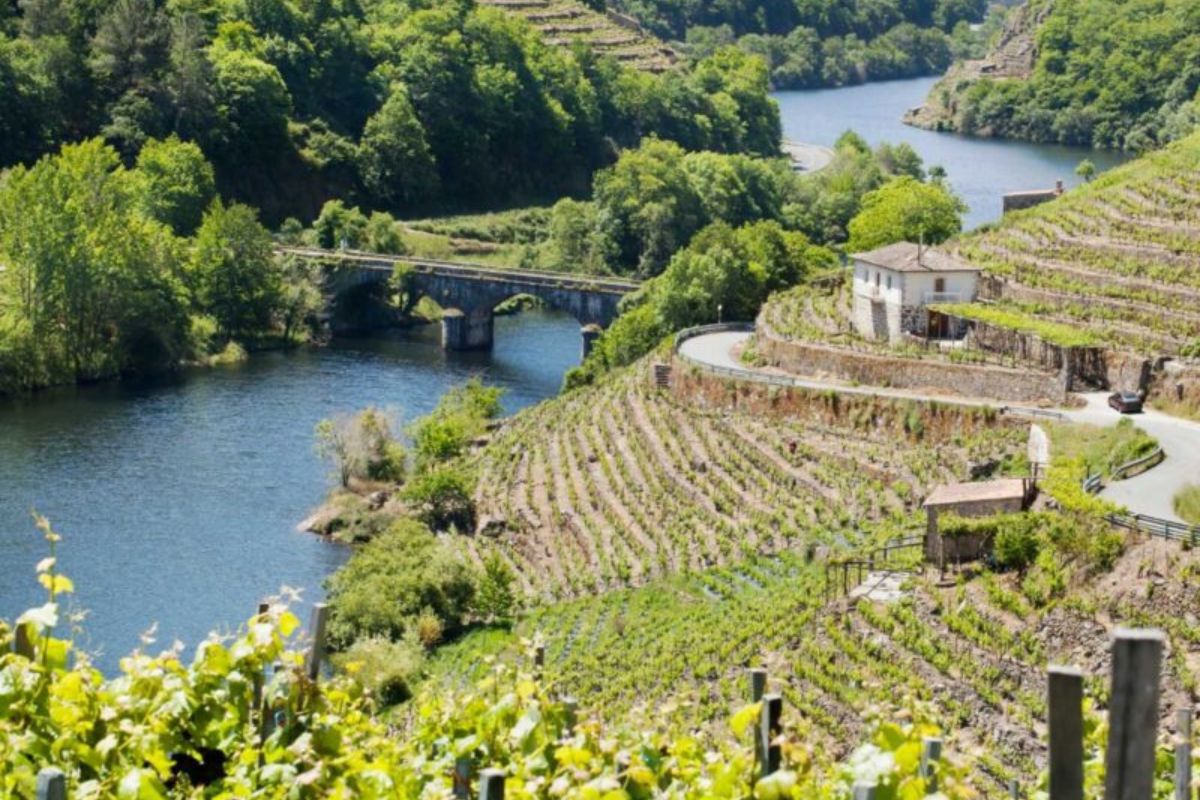
In the Ribeira Sacra, besides wine, there are extraordinary wine landscapes
Wines of La Rioja
The French Camino, entering Spain through Roncesvalles, awaits us with a glass of good wine. The regions of Navarra and La Rioja are famous for their excellent red and rosé wines, renowned worldwide. The D.O. Rioja extends along the banks of the Ebro River, with the favorite red varieties being Tempranillo and Garnacha. Walking the French Camino from Roncesvalles, you can taste more than 1000 wines that this wine region offers.
Wines of Castile and León
Further on, already in Castile and León and following the French Camino, the spotlight shifts to the D.O. Ribera del Duero. The vineyards on the banks of the Duero River offer a product that rivals Rioja wine, also highly valued internationally. Many red grape varieties are cultivated, the main one being Tempranillo, also known as Tinta del País or Tinto Fino. As for white grape varieties, Albillo Mayor stands out.
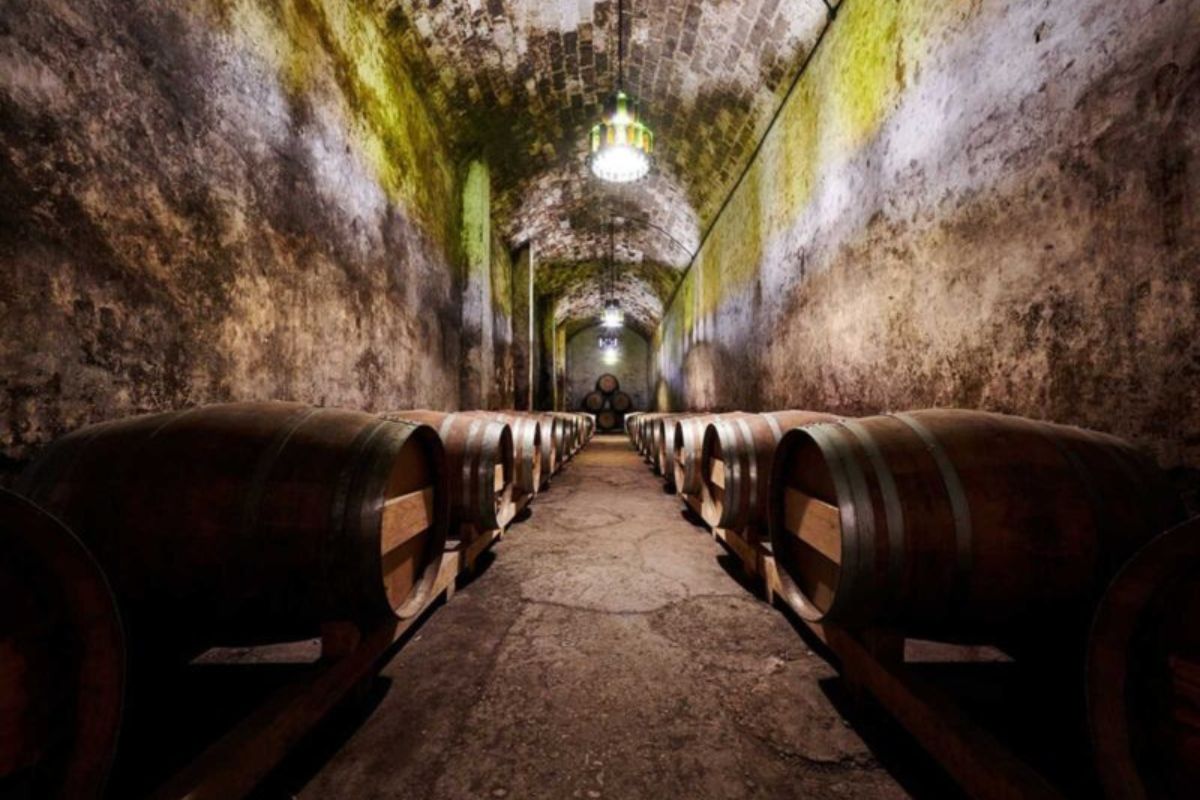
The French Camino allows you to experience firsthand the D.O. Rioja and the D.O. Ribera del Duero
They say Castile is vast, and its wine offer expands when you reach the province of León, where we find the D.O. Bierzo. The most important grape variety is the red Mencía, with the white Godello also being highly valued.
And coming along the Silver Route, we reach the province of Zamora, where the D.O. Toro offers wines made mainly from the Tinta de Toro grape variety.
Portuguese wines
Returning to the Portuguese Camino, but in Portugal, the Lusitanian country offers a wide range of highly valued wines. While there are red and white wines, in this case, the latter are especially famous. In Oporto, on the banks of the Duero River, the wine tradition is known worldwide, and indeed it holds the D.O. Porto and the D.O. Douro. If you order the former, you should know that it is a fortified wine with brandy added before the fermentation process is complete.
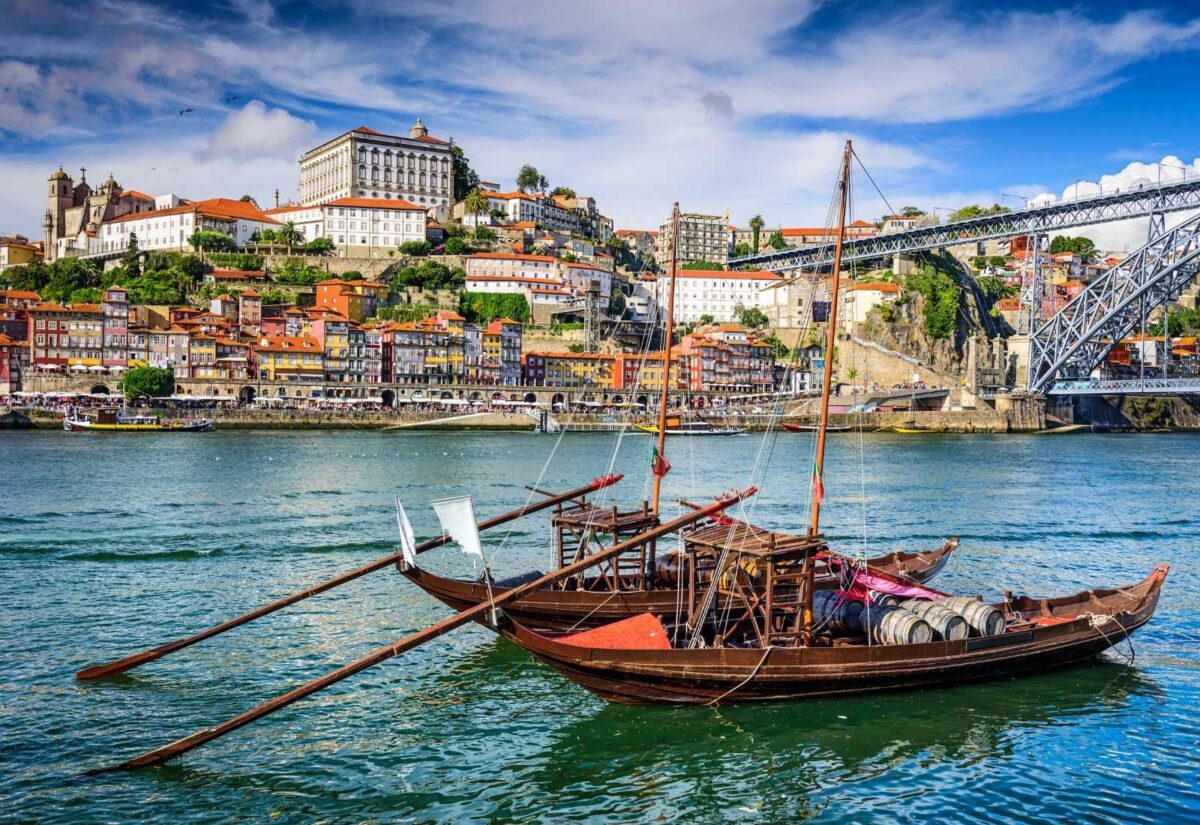
The Duero River, in Oporto, witnesses the wine trade
Continuing north towards Santiago de Compostela and between the Duero and Miño rivers, we will cross the Portuguese region where you can enjoy the D.O. Vinho Verde. It is often a slightly sparkling wine, called green because the grapes are harvested very young, without having matured much. The white Albariño grape variety stands out, although red varieties can also be found.
Porto wine and Vinho Verde are the most exported in Portugal, and you can try them walking the Portuguese Coastal Camino from Oporto.
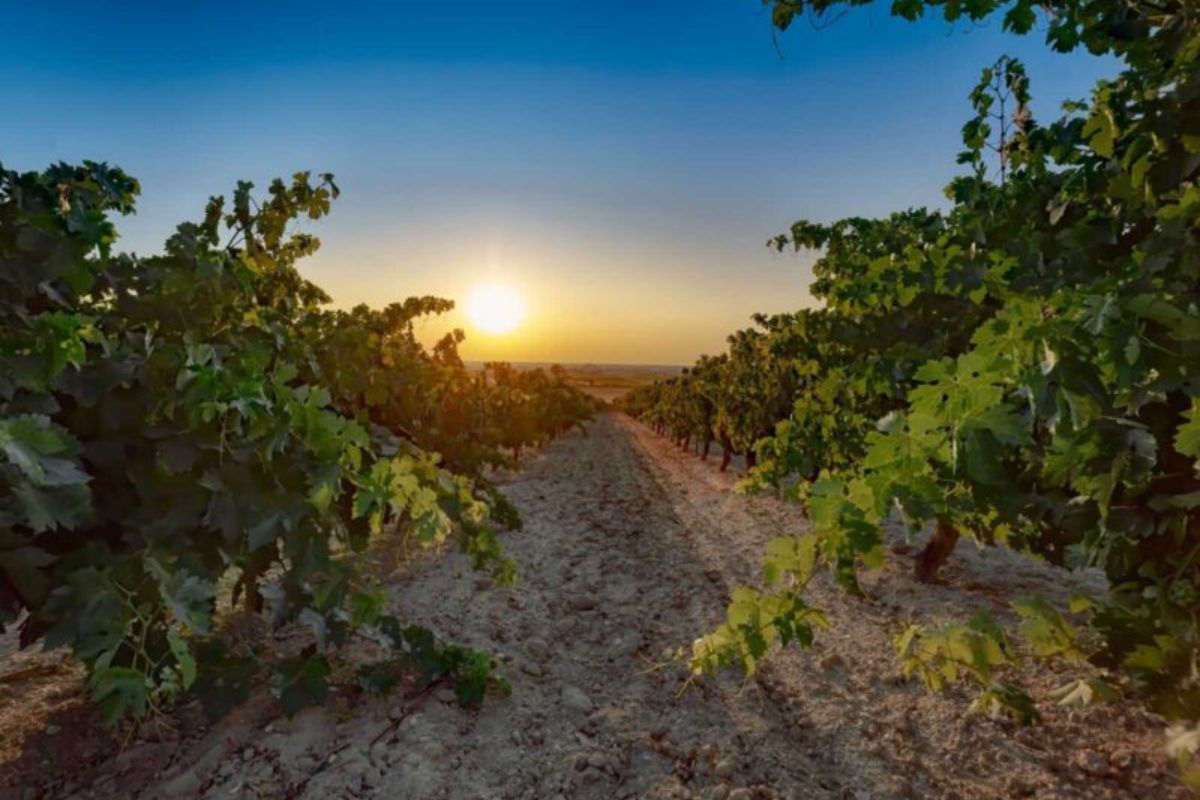
Through the Portuguese Camino, you will pass through beautiful and lush vineyards
Perfect pairing: Traditional dishes and local wines
The pairing between traditional dishes and local wines of the Camino de Santiago is an unparalleled culinary experience. Here are some examples of perfect pairings:
- Pulpo á feira with a white Albariño from Rías Baixas.
- Galician tripe with a red Ribeiro.
- Roast lamb with a red Rioja.
- Bacalhau à brás with a white Douro.
- Lacón with turnip tops with a red Ribeira Sacra.
- Cecina de Toro with a red Toro.
- Lamprey Arbo style with a white O Rosal.
- Roast suckling pig with a red Ribera del Duero.
- Cocido Maragato with a red Bierzo.
Each dish highlights the flavors of the wine and vice versa, creating a harmony that delights the palate.
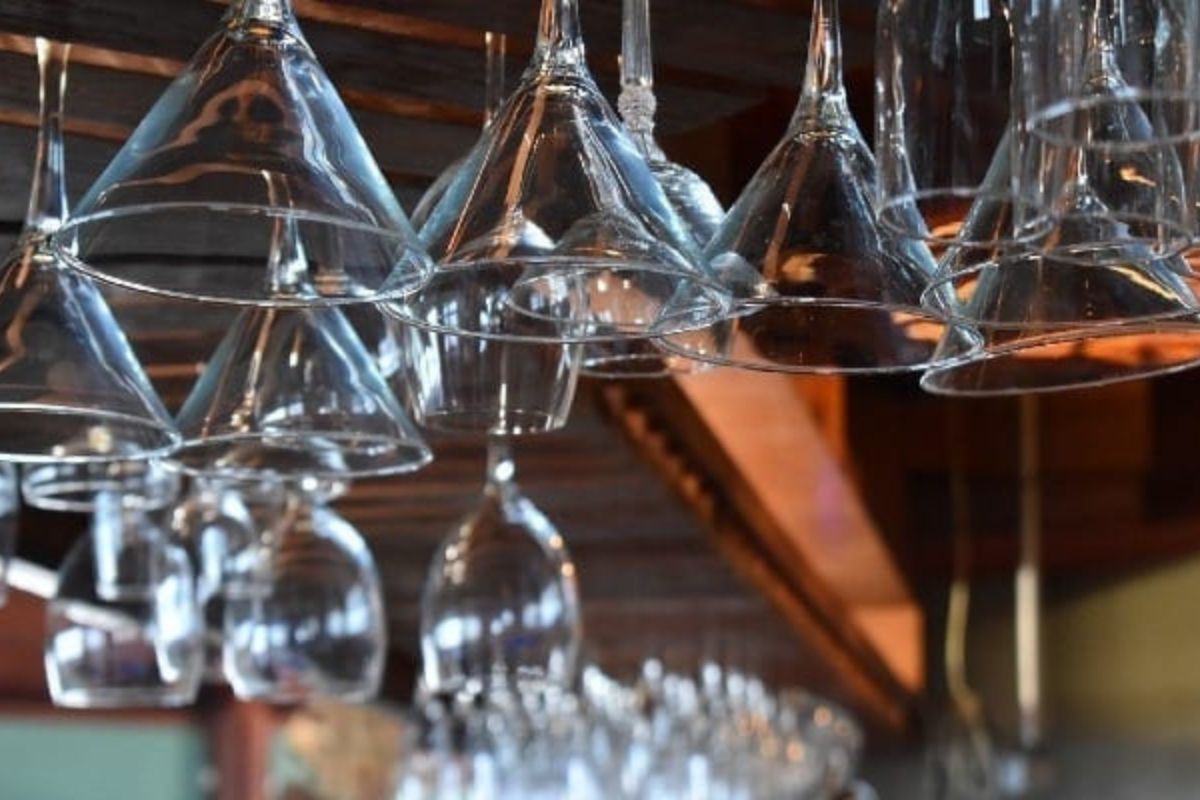
After a Good Camino, ham and wine
Wine tourism experiences: winery visits and wine tastings
Wine tourism on the Camino de Santiago is a wonderful way to get to know the wine culture up close. Many wineries open their doors to visitors, offering tours and tastings. These visits allow you to taste exceptional wines and learn about the winemaking process and the history behind each bottle. Because the Camino is also a cultural experience.
The cultural and economic impact of wine in the Camino communities
Wine is not just a beverage; it is an integral part of the culture and economy of the regions along the Camino de Santiago. Wineries and vineyards generate employment and attract tourism, significantly contributing to the local economy. Additionally, wine is a symbol of hospitality and celebration, essential elements in the life of the communities through which the Camino passes. Viticulture has also left a deep mark on local traditions and festivities. Many regions celebrate wine festivals, where locals and visitors come together to enjoy tastings, music, and gastronomy.
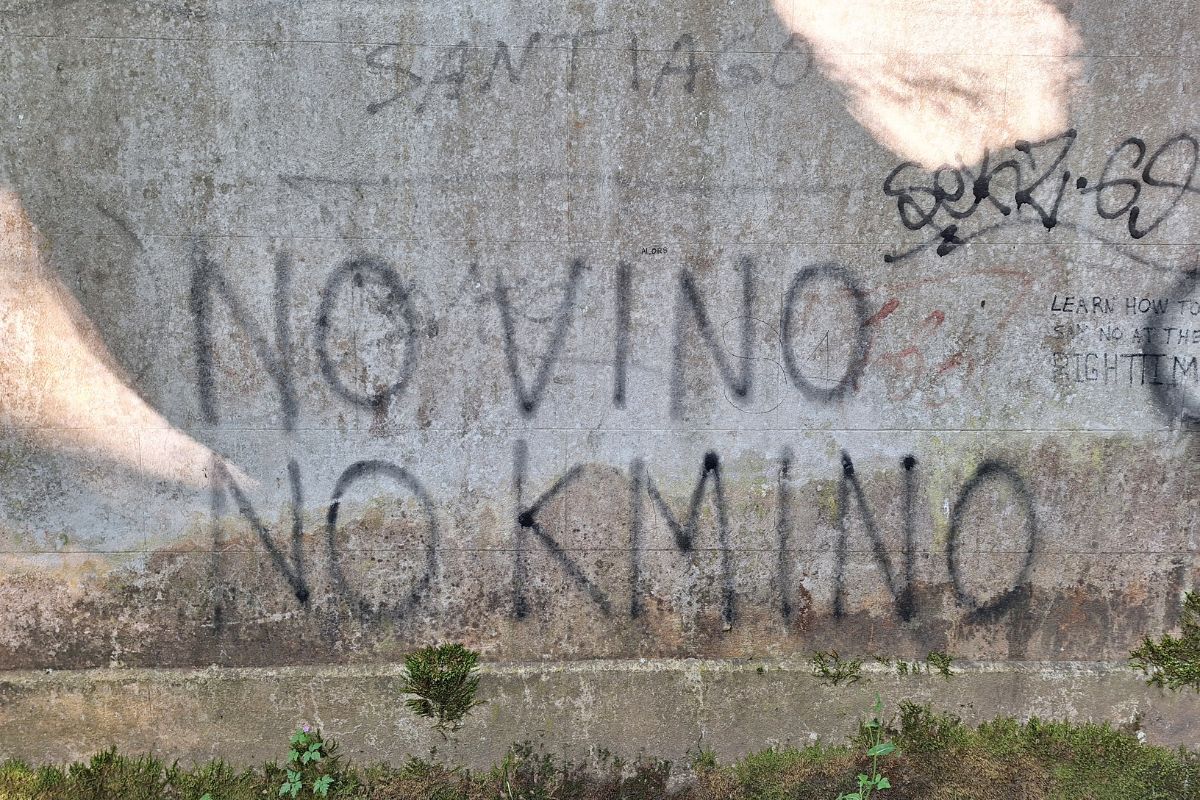
No wine, no Camino
The Camino de Santiago is a spiritual route that also allows you to discover the viticultural richness of Spain and Portugal. These are just some of the many D.O.s you will find along the Camino, each with its own distinctive flavors and aromas. Now that you know the secrets of the wines on the Camino de Santiago, are you ready to live this unique experience?
“With ham and good wine, you walk the Camino.” So says one of the sayings among pilgrims, and as you can see, good wine is assured on the Camino de Santiago. If you want, we can try them together. Buen Camino, pilgrim!

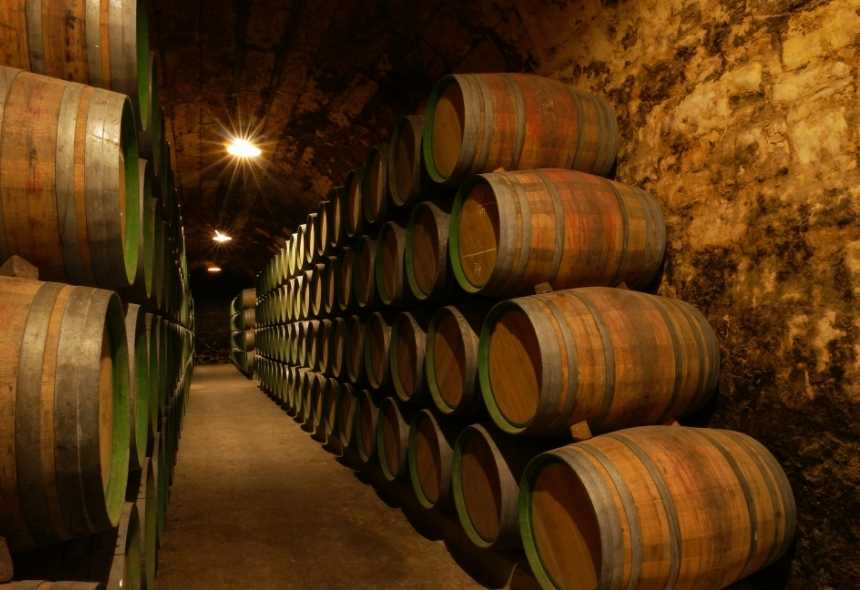




Leave A Comment